41 secondary label requirements
4 Quick Tips to Help You Ace OSHA Secondary Container Labeling OSHA labeling requirements for secondary containers (that do not qualify for exemption) are outlined in HazCom standard 1910.1200 (f) (6) (ii) and summarized listed below. Product Name/Identifier. This should match the product identifier on the safety data sheet. General Hazard Statement. OSHA Requirements for Labeling Secondary Containers Secondary label regulations only apply to containers used inside the facility. If you're repackaging bulk products for sale, these new containers need to meet all OSHA requirements for primary containers. Creating Labels that Meet Both United States and Canadian Labeling Requirements
Secondary Containers and Service Containers for Pesticides Secondary containers and service containers are often used by pesticide applicators when they are applying a pesticide. EPA does not require secondary containers or service containers to be labeled or to meet particular construction standards. However, for both types of containers, the applicator is responsible for following the requirements on ...

Secondary label requirements
Compliance FAQs: Packaging and Labeling in the US | NIST Labeling requirements related to legal metrology (i.e., products and commodities sold in package form by weight, measure or count) must comply with The Fair Packaging and Labeling Act (FPLA) and Uniform Packaging and Labeling Regulation (UPLR), NIST Handbook 130-Current Edition ). What Is a Secondary Label and What Makes It OSHA Compliant? Steps to Take to Make Sure the Secondary Label is OSHA Compliant OSHA requires that you label hazardous chemicals using six indicators. These indicators communicate the physical, health, and environmental hazards associated with a particular chemical. Some of the steps that will increase your compliance with these guidelines include: PDF BRIEF - Occupational Safety and Health Administration Label Requirements Labels, as defined in the HCS, are an appropriate group of written, printed or graphic informational elements concerning a hazardous chemical that are affixed to, printed on, or attached to the immediate container of a hazardous chemical, or to the outside packaging.
Secondary label requirements. Download secondary chemical container labels | EHS Secondary Container Label 1 Secondary Container Label 2 Secondary Container Label 3 Exemption: Secondary labels are not required when the container is under the direct control of the person who transferred or prepared the solution and all of it will be consumed during the same work shift. GHS Labeling Requirements: The Definitive Guide [2021 Update ... - Luminer What Are GHS Label Requirements? Product Identifier GHS Signal Words Hazard Statements Precautionary Statements Name, Address, Telephone Number Pictograms Health Hazard Flame Exclamation Mark Gas Cylinder Corrosion Exploding Bomb Flame Over Circle Skull and Crossbones Environment Supplemental Information Container Types Primary Containers Packaging and Labeling - Food and Drug Administration Labeling requirements include: ¨ Identifying all tamper-evident features and any capsule sealing technology ¨ Placing labeling prominently on the package ¨ Placing labeling to be unaffected... Rules for Proper Secondary Container Labeling - HSI Secondary Container Label Requirements Employers must make sure each container of hazardous chemicals in the workplace is labeled, tagged, or marked with either of the following: All the specific information for the labels on shipped containers.
Secondary Container Labels 101: HazCom and WHMIS - ERA Environmental In the US secondary container labels are required when operations in a work-place setting includes the transferring of smaller amounts from the original container to a secondary container such as a beaker, flask, or bottle. These secondary labels need to comply with OSHA's HCS. Chemical Container Labels | EHS - University of Washington Secondary container labels are not required if both of the following apply: The reagent, stock solution and chemicals mixed for use are under the direct control of the person who transferred or prepared it, and The container will be emptied during that person's work shift. Secondary chemical container label templates Quality System Regulation Labeling Requirements | FDA Various sections of the QS regulation have an impact on labeling: Section 21 CFR 820.80 (b) requires the inspection and testing of incoming materials including labeling; and 21 CFR 820.70 (f ... What Information Is Required On Secondary Container Labels? - XO Safety While chemical shipping containers must have the full GHS label, OSHA provides employers with a lot of flexibility to create their own secondary container labeling systems. OSHA Requirements for Secondary Container Labels OSHA requires secondary container labels to have the full GHS label, or:
eCFR :: 21 CFR Part 211 Subpart G -- Packaging and Labeling Control Labeling reconciliation is waived for cut or roll labeling if a 100-percent examination for correct labeling is performed in accordance with § 211.122 (g) (2). Labeling reconciliation is also waived for 360° wraparound labels on portable cryogenic medical gas containers. ( d) All excess labeling bearing lot or control numbers shall be destroyed. Everything You Need to Know About Labeling Secondary Containers - LEM Labeling secondary containers can reduce the number of accidents in the workplace and protect worker health and safety. Examples of secondary containers include: Storage bottles used for distributing small amounts of the chemical. Storage bottles used to dilute the chemical. Spray bottles. Beakers, test tubes, or vials. Primary or secondary product label - imstag Primary or secondary product label Booklet label, barcode label, bottle label, seal label, authenticity label. Bottle label. Mixing different printing techniques such as cold foil, spot varnish, barcodes etc to give you the perfect product appearance. Bottle label; Seal label. PDF WHAT IS GHS? - Florida International University SECONDARY CONTAINER LABELING: Secondary containers are usually smaller containers, such as spray bottles, jugs, aliquots, or jars that chemicals are transferred to from the primary container once within the workplace. -According to OSHA, secondary containers must comply with the labeling requirements.
Labeling of Secondary Containers | Occupational Safety and Health ... Labeling of Secondary Containers Standard Number: 1910.1200 (f) (6) (ii) OSHA requirements are set by statute, standards and regulations. Our interpretation letters explain these requirements and how they apply to particular circumstances, but they cannot create additional employer obligations.
PDF BRIEF - Occupational Safety and Health Administration Label Requirements Labels, as defined in the HCS, are an appropriate group of written, printed or graphic informational elements concerning a hazardous chemical that are affixed to, printed on, or attached to the immediate container of a hazardous chemical, or to the outside packaging.
What Is a Secondary Label and What Makes It OSHA Compliant? Steps to Take to Make Sure the Secondary Label is OSHA Compliant OSHA requires that you label hazardous chemicals using six indicators. These indicators communicate the physical, health, and environmental hazards associated with a particular chemical. Some of the steps that will increase your compliance with these guidelines include:
Compliance FAQs: Packaging and Labeling in the US | NIST Labeling requirements related to legal metrology (i.e., products and commodities sold in package form by weight, measure or count) must comply with The Fair Packaging and Labeling Act (FPLA) and Uniform Packaging and Labeling Regulation (UPLR), NIST Handbook 130-Current Edition ).
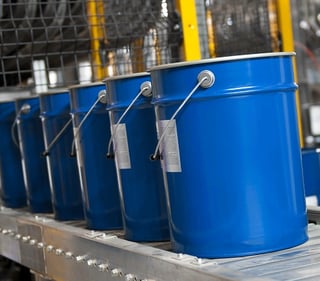


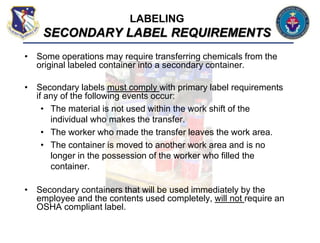
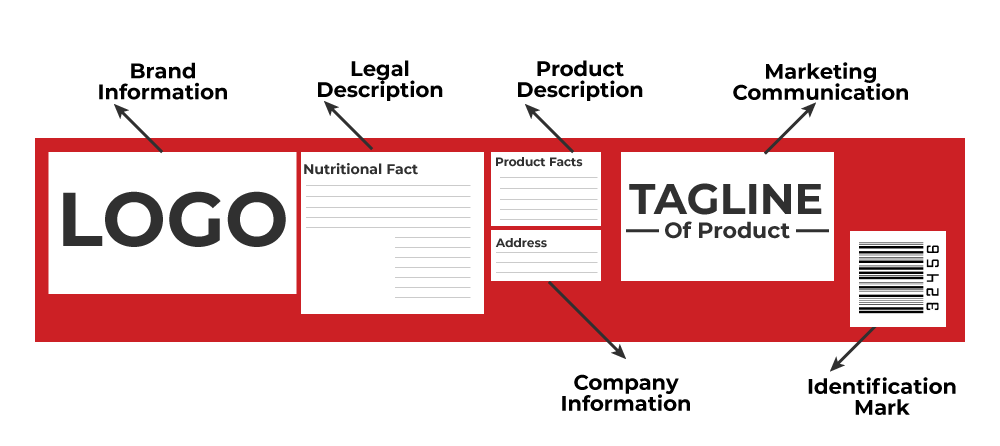
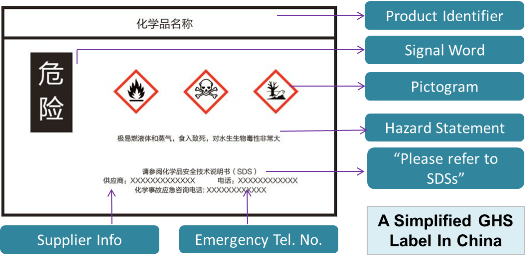

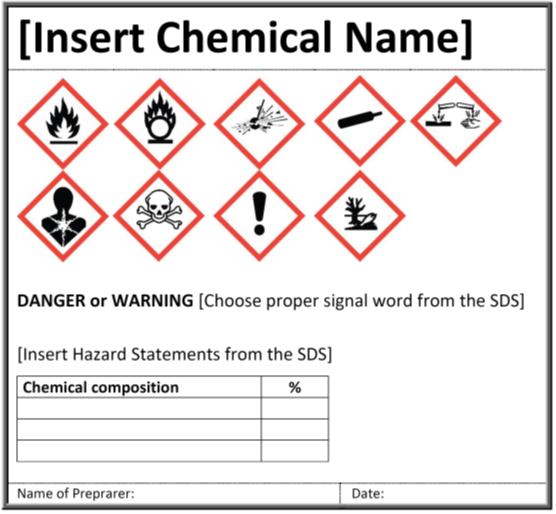


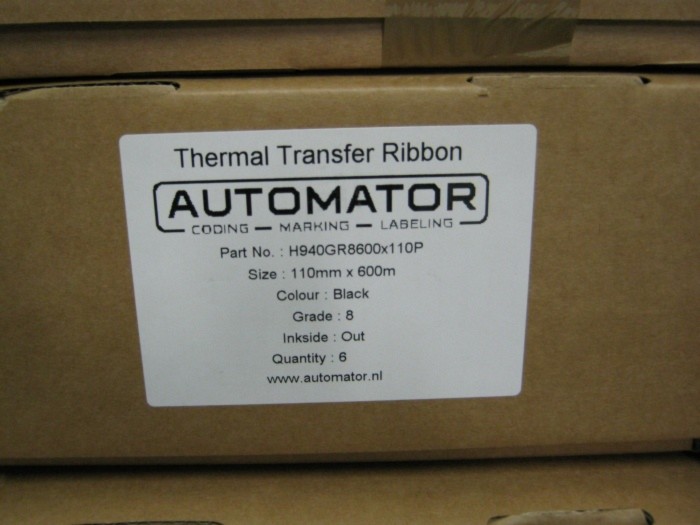

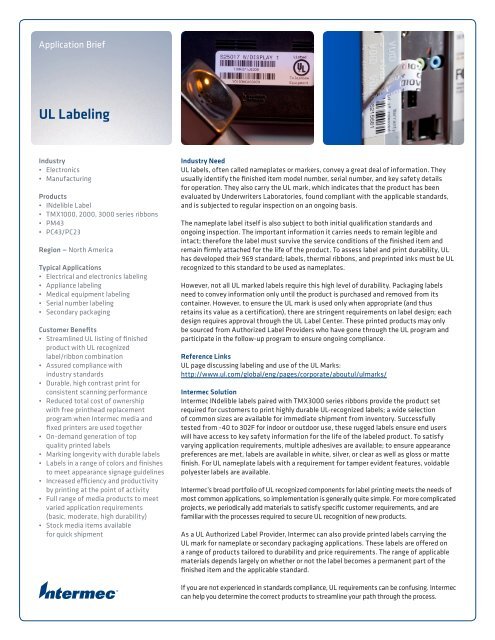

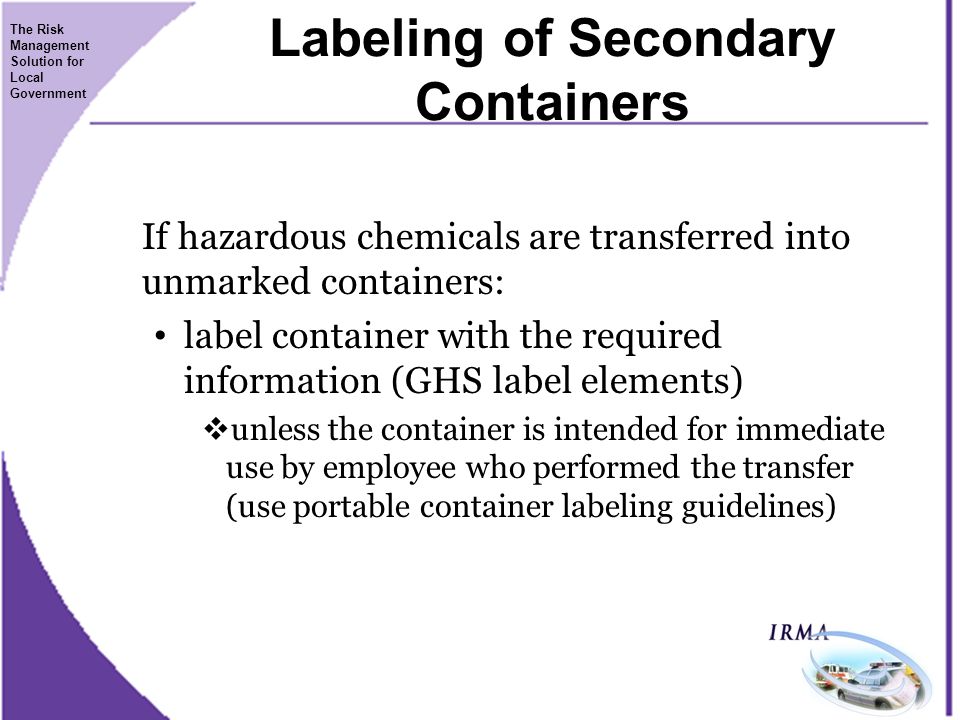
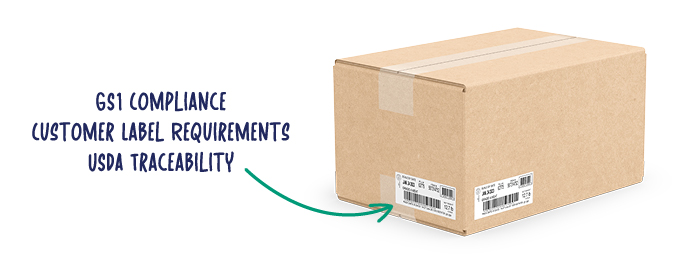

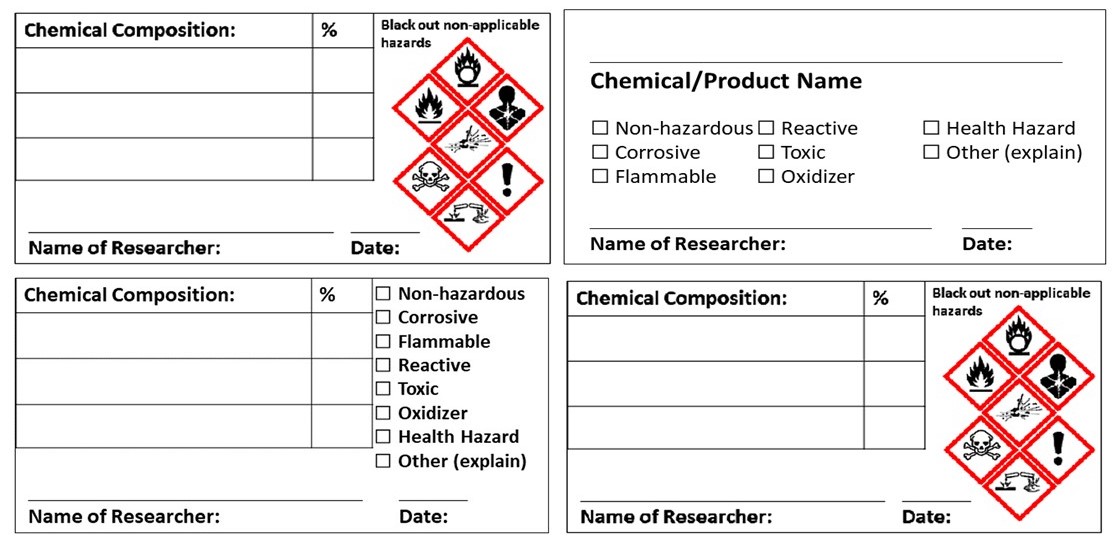



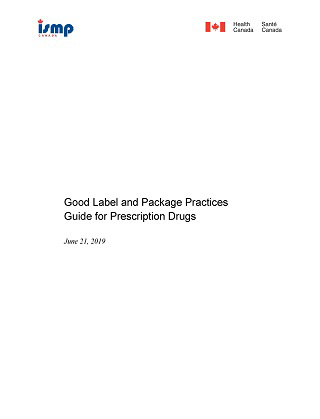
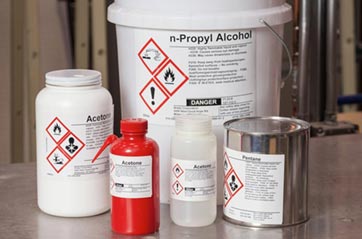
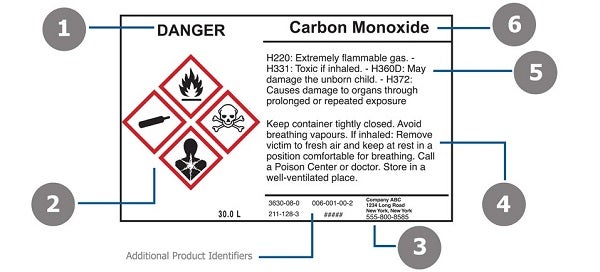

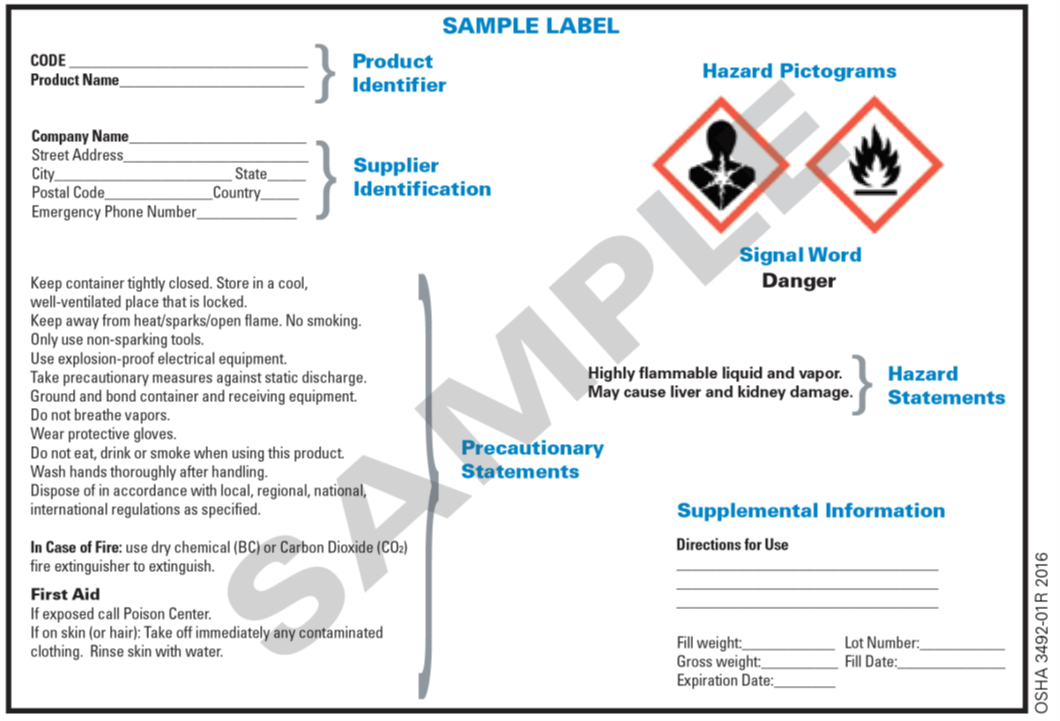
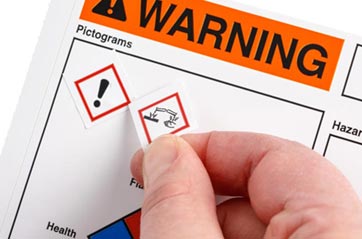

Post a Comment for "41 secondary label requirements"